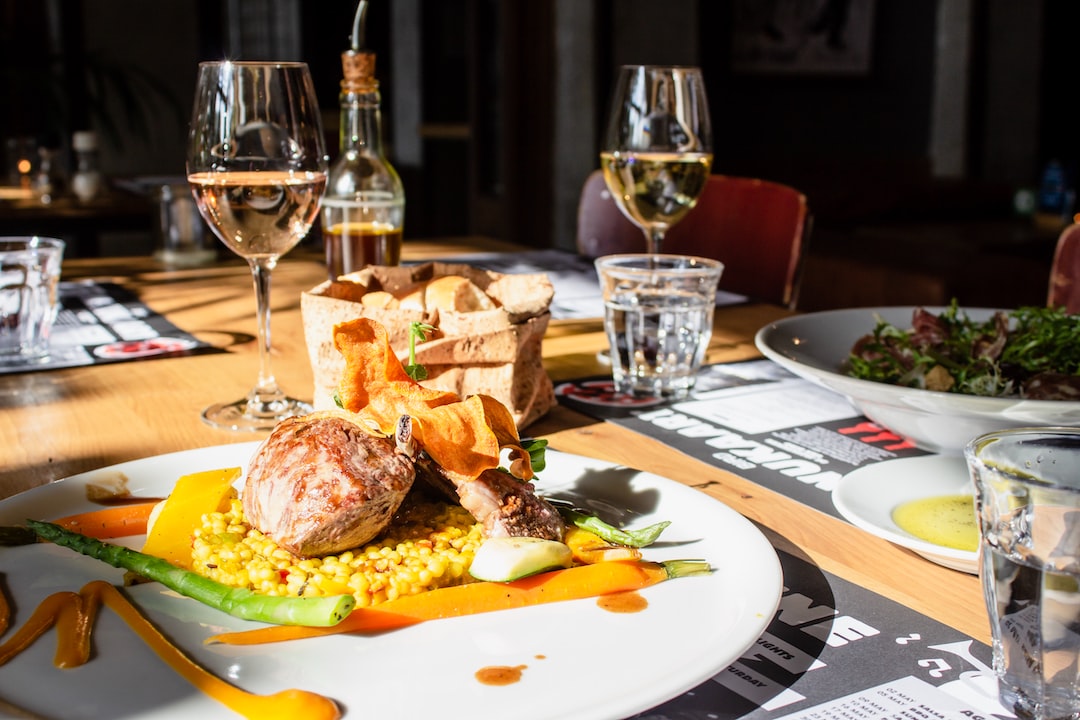Exploring the World of Artisanal Cheese and How to Pair Them with Wine
Cheese has been a beloved food for centuries, satisfying our taste buds with its rich flavors and creamy textures. In recent years, there has been an increasing interest in artisanal cheeses, which are handmade using traditional methods and often reflect the unique characteristics of the region in which they are made. From creamy brie to nutty cheddar and tangy blue, the world of artisanal cheese offers a wide variety of flavors to be savored and explored.
To truly appreciate the artistry behind artisanal cheese, it is essential to understand the craftsmanship involved in its production. Unlike mass-produced cheeses, which are often made from pasteurized milk and processed using industrial techniques, artisanal cheeses are made from raw milk and crafted by skilled cheesemakers who have honed their skills over generations.
The result is a cheese that boasts complex flavors and textures, as well as a connection to the land in which it was made. Artisanal cheeses are often made in small batches, allowing cheesemakers to pay meticulous attention to the details that create a truly exceptional product.
One of the most thrilling aspects of exploring the world of artisanal cheese is the opportunity to taste cheeses from different regions and discover their unique characteristics. For example, French cheeses like Brie and Camembert are known for their creamy and buttery textures, while Italian Pecorino Romano offers a sharp and tangy profile. Each cheese tells a story, offering a glimpse into the culture and traditions of the people who produce it.
Pairing artisanal cheese with wine is a pursuit that can bring an added layer of enjoyment to both the cheese and the wine. The right pairing can enhance the flavors and create a harmonious tasting experience. When choosing a wine to accompany your artisanal cheese, it is important to consider the intensity and complexity of both the cheese and the wine.
A good rule of thumb is to match the intensity of the flavors. For example, a crisp white wine like Sauvignon Blanc or Chardonnay pairs well with mild and delicate cheeses like fresh goat cheese or mozzarella. The acidity in the wine cuts through the creaminess of the cheese, cleansing the palate and allowing the flavors to shine.
For cheeses with more pronounced flavors, such as aged cheddar or Gouda, a robust red wine like Cabernet Sauvignon or Merlot is a better choice. The tannins in these wines complement the richness of the cheese, creating a flavorful combination that lingers on the palate.
It is also important to consider the region in which the cheese and wine originate. For example, a Spanish Manchego cheese pairs beautifully with a Rioja wine, both hailing from the same region and reflecting similar flavor profiles. Similarly, a French Roquefort cheese and a Sauternes wine make a classic pairing, highlighting the complementary flavors of blue cheese and sweet dessert wine.
When hosting a cheese and wine tasting, it can be fun to experiment with different pairings and see how they interact on the palate. A selection of cheeses, ranging from mild to strong, can be accompanied by several different wines to create a diverse and exciting tasting experience. Encourage guests to take their time, savoring each bite and sip, and discussing their impressions.
In conclusion, exploring the world of artisanal cheese is a journey that delights the senses and offers a deeper understanding of the craftsmanship and dedication behind these exceptional products. Whether enjoyed on their own or paired with wine, artisanal cheeses captivate with their complex flavors and textures. So next time you’re at the cheese counter, consider trying something new and embarking on your own adventure in the world of artisanal cheese. Your palate will thank you.

